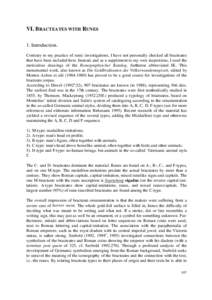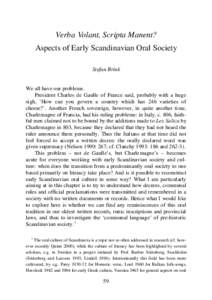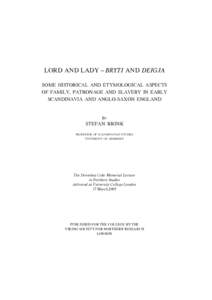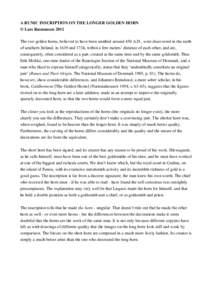<--- Back to Details
| First Page | Document Content | |
|---|---|---|
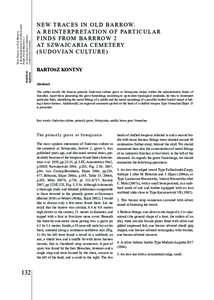 Date: 2014-12-23 02:09:46Prehistoric Europe Europe Votive offering Indo-European languages Archaeology of Denmark Iron Age Europe Roman Iron Age weapon deposits Illerup dal Thorsberg moor Runic inscriptions Rudolf Carnap Common fig |
Add to Reading List |
 BARTOSZ KONTNY N e w Tr a c e s i n O l d B a r r o w. A Reinterpretation of Particular Finds From Barrrow 2
BARTOSZ KONTNY N e w Tr a c e s i n O l d B a r r o w. A Reinterpretation of Particular Finds From Barrrow 2